To Whom It May Concern: Demographic Differences in Letters of Recommendation

Letters of recommendation from faculty advisors play a critical role in the job market for Ph.D. economists. At their best, they can convey important qualitative information about a candidate, including the candidate’s potential to generate impactful research. But at their worst, these letters offer a subjective view of the candidate that can be susceptible to conscious or unconscious bias. There may also be similarity or affinity bias, a particularly difficult issue for the economics profession, where most faculty members are white men. In this post, we draw on our recent working paper to describe how recommendation letters differ by the gender, race, or ethnicity of the job candidate and how these differences are related to early career outcomes.
Exposure to Generative AI and Expectations About Inequality
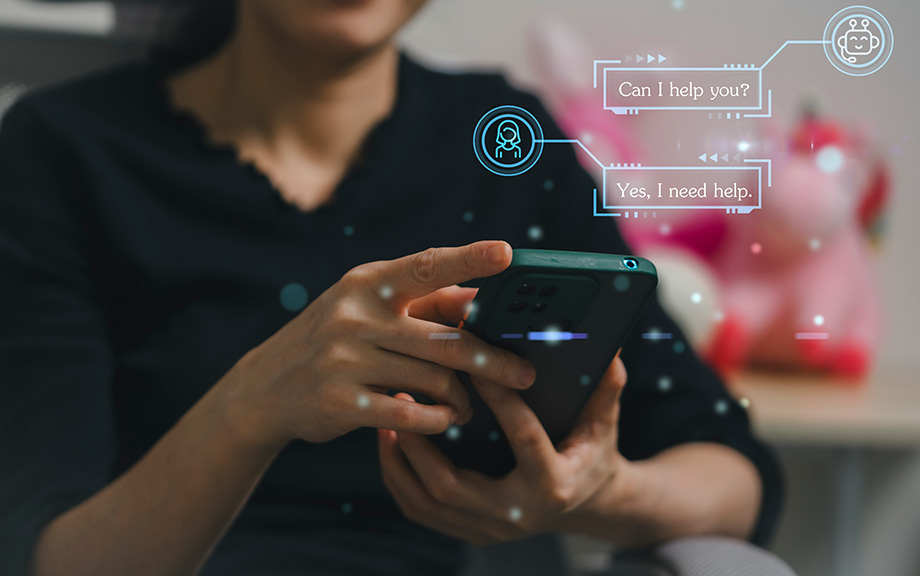
With the rise of generative AI (genAI) tools such as ChatGPT, many worry about the tools’ potential displacement effects in the labor market and the implications for income inequality. In supplemental questions to the February 2024 Survey of Consumer Expectations (SCE), we asked a representative sample of U.S. residents about their experience with genAI tools. We find that relatively few people have used genAI, but that those who have used it have a bleaker outlook on its impacts on jobs and future inequality.
On the Distributional Consequences of Responding Aggressively to Inflation
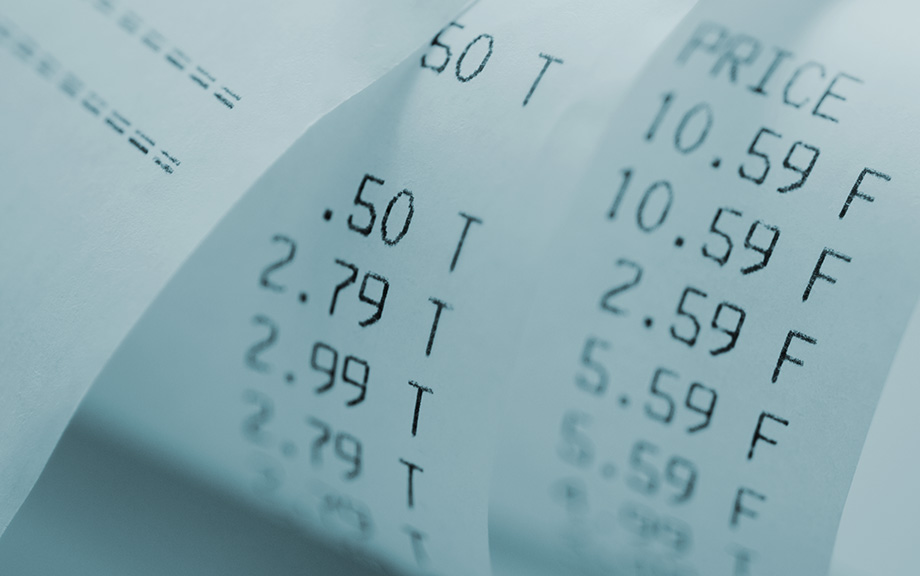
This post discusses the distributional consequences of an aggressive policy response to inflation using a Heterogeneous Agent New Keynesian (HANK) model. We find that, when facing demand shocks, stabilizing inflation and real activity go hand in hand, with very large benefits for households at the bottom of the wealth distribution. The converse is true however when facing supply shocks: stabilizing inflation makes real outcomes more volatile, especially for poorer households. We conclude that distributional considerations make it much more important for policy to take into account the tradeoffs between stabilizing inflation and economic activity. This is because the optimal policy response depends very strongly on whether these tradeoffs are present (that is, when the economy is facing supply shocks) or absent (when the economy is facing demand shocks).
On the Distributional Effects of Inflation and Inflation Stabilization
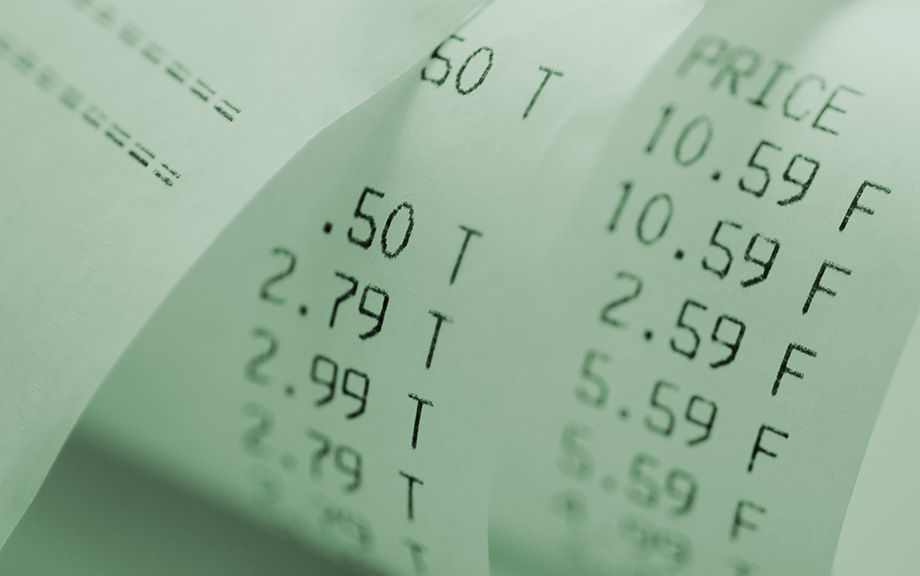
This post and the next discuss the distributional effects of inflation and inflation stabilization through the lenses of a theoretical model—a Heterogeneous Agent New Keynesian (HANK) model. This model combines the features of New Keynesian models that have been the workhorse for monetary policy analysis since the work of Woodford (2003) with inequality in wealth and income at the household level following the seminal contribution of Kaplan, Moll, and Violante (2018). We find that while inflation hurts everyone, it hurts the poor in particular. When the source of inflation is a supply shock, fighting inflation aggressively hurts the poor even more, however, while the opposite is true for demand shocks, as discussed in the companion post.
How Are They Now? A Checkup on Homeowners Who Experienced Foreclosure
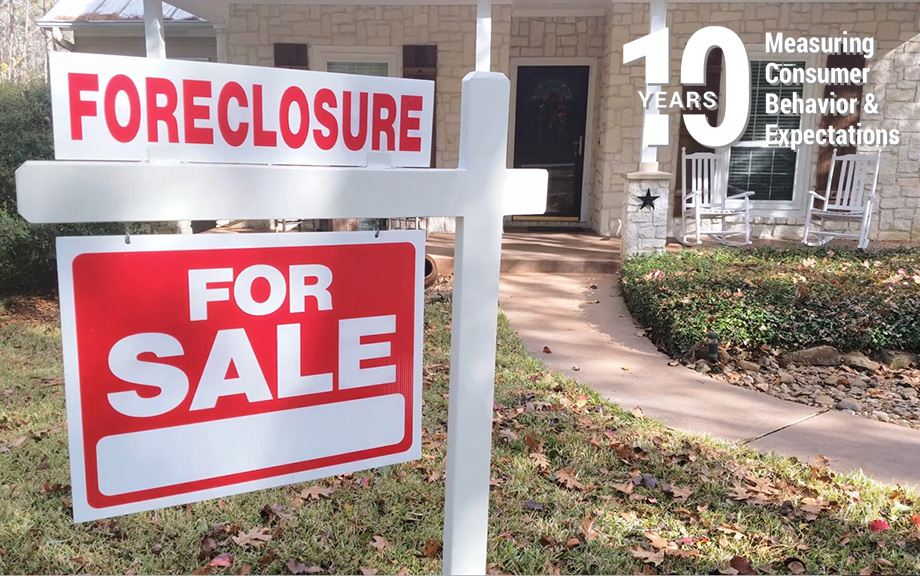
The end of the Great Recession marked the beginning of the longest economic expansion in U.S. history. The Great Recession, with its dramatic housing bust, led to a wave of home foreclosures as overleveraged borrowers found themselves unable to meet their payment obligations. In early 2009, the New York Fed’s Research Group launched the Consumer Credit Panel (CCP), a foundational data set of the Center for Microeconomic Data, to monitor the financial health of Americans as the economy recovered. The CCP, which is based on anonymized credit report data from Equifax, gives us an opportunity to track individuals during the period leading to the foreclosure, observe when a flag is added to their credit report and then—years later—removed. Here, we examine the longer-term impact of a foreclosure on borrowers’ credit scores and borrowing experiences: do they return to borrowing, or shy away from credit use and homeownership after their earlier bad experience?
Wealth Inequality by Age in the Post‑Pandemic Era
Editor’s note: Since this post was first published, percentages cited in the first paragraph have been corrected. (February 7, 1pm)
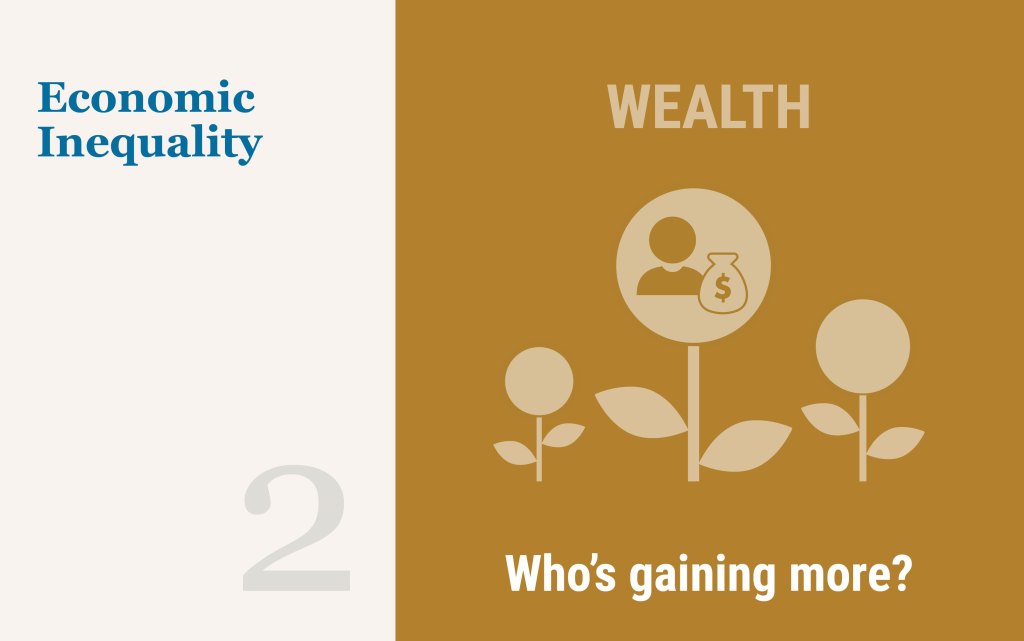
Following our post on racial and ethnic wealth gaps, here we turn to the distribution of wealth across age groups, focusing on how the picture has changed since the beginning of the pandemic. As of 2019, individuals under 40 years old held just 4.9 percent of total U.S. wealth despite comprising 37 percent of the adult population. Conversely, individuals over age 54 made up a similar share of the population and held 71.6 percent of total wealth. Since 2019, we find a slight narrowing of these wealth disparities across age groups, likely driven by expanded ownership of financial assets among younger Americans.
An Overlooked Factor in Banks’ Lending to Minorities

In the second quarter of 2022, the homeownership rate for white households was 75 percent, compared to 45 percent for Black households and 48 percent for Hispanic households. One reason for these differences, virtually unchanged in the last few decades, is uneven access to credit. Studies have documented that minorities are more likely to be denied credit, pay higher rates, be charged higher fees, and face longer turnaround times compared to similar non-minority borrowers. In this post, which is based on a related Staff Report, we show that banks vary substantially in their lending to minorities, and we document an overlooked factor in this difference—the inequality aversion of banks’ stakeholders.
Measuring Price Inflation and Growth in Economic Well‑Being with Income‑Dependent Preferences
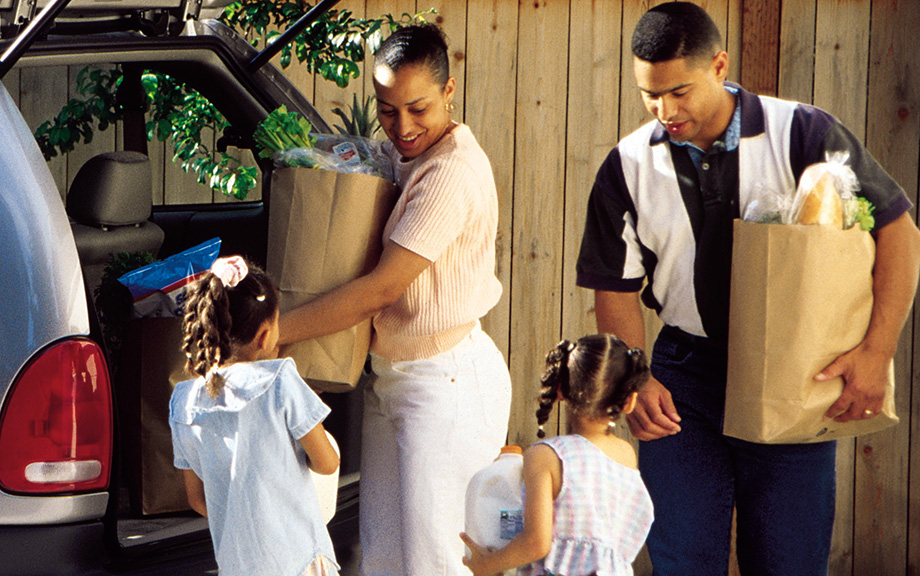
How can we accurately measure changes in living standards over time in the presence of price inflation? In this post, I discuss a novel and simple methodology that uses the cross-sectional relationship between income and household-level inflation to construct accurate measures of changes in living standards that account for the dependence of consumption preferences on income. Applying this method to data from the U.S. suggests potentially substantial mismeasurements in our available proxies of average growth in consumer welfare in the U.S.












 RSS Feed
RSS Feed Follow Liberty Street Economics
Follow Liberty Street Economics